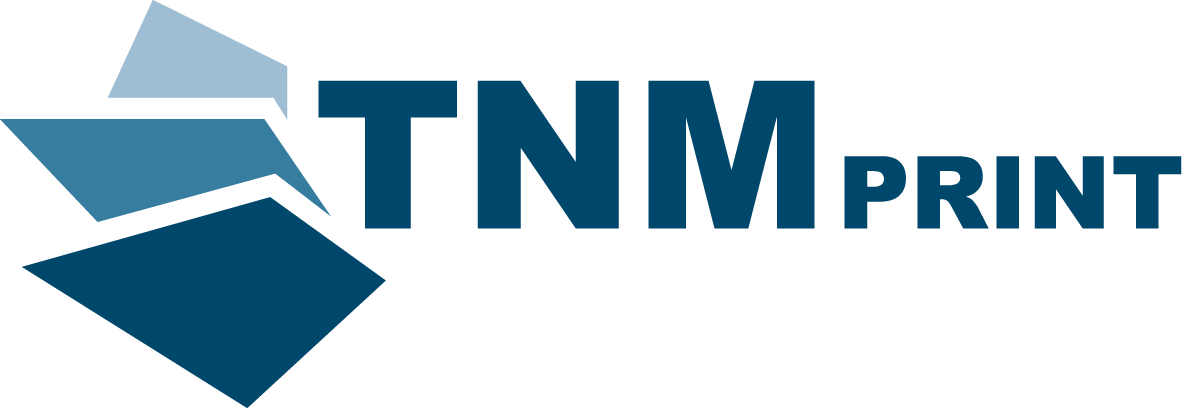Modern Technology
In TNM Print we understand the need for the latest state of the art, reliable, extremely precise production line and we proactively educate ourselves about the latest technologies and trends in the industry, so we can offer you the best options for your products. We offer quality, comprehensive service throughout. From graphic design, calculation, creation of print plates, offset printing, to a wide range of intriguing finishes. All in one place, all in TNM Print. All in one place, all in TNM Print.
Offset Printing
We print on Japanese KOMORI offset machines. Two printing machines are in B1 format. First B1 machine is configured with 8 print units and a reversing device behind the 4nd printing unit, the second is configurated with five print units, a painting unit and an extended unloader. It is a hybrid printing machine GL-540HC. For single-color printing we use the ZIRKON RO66 rotary press.

Komori GL 540 HC
Number of printing units: 5
Number of painting units: 1
Max. sheet format: 720 x 1030 mm
Max. printing area: 710 x 1020 mm

Komori GL 840P Advance
Number of printing units: 8
Max. sheet format: 720 x 1030 mm
Max. print area: 710 x 1020 mm
Turning equipment for 4. TJ – 4+4 / 8+0
We (not only) Print
UV Varnish
Foil Stamping
Foils come in a wide range of colours and metallic finishes. What does the process look like? It commences with the foil placement, then continues by selecting areas for varnish application, which is applied and then topped with foil effect and affixed together in the iFoil unit. If multiple types of effects foils are used on one sheet, the same process will be repeated for each foil type.
2D Effect
It is possible to use varnish for a 2D effect, i.e. as a targeted application
3D Effect
A higher varnish thickness creates a 3D effect. Select customised thicknesses to achieve desired effect.
Filler Patterns and Features
The machine offers a wide choice of patterns and features, that can be selected on request.

MGI JETvarnish 3D iFoil
Max. format: 520 x 1050 mm
Min. format: 297 x 420 mm
Paper thickness: from 135 gsm to 600 gsm
Finishing Processes
Our hardbacks, paperbacks, leaflets, maps, and pamphlets are finalised on modern machines and devices of the following brands: Müller Martini, Kolbus, Wohlenberg and Horizon. Bookbinding is carried out on DIAMOND MC from Müller Martini, the components are stitched on Ventura MC 200 from the same manufacturer. Book cases are produced on the case bonding and forming station Kolbus DA 260 plate machine from Sigloch – Kolbus. Paperbacks are created on Wohlenberg City with a PUR bonding unit and a gauze station.

Line V8 – Diamant MC
Max. format: 300 x 380 x 80 mm
Min. format: 100 x 100 x 2 mm
Back thickness: 2 – 80 mm

Book stitching machine Ventura MC MC
Max. format: 320 x 490 mm
Min. format: 75 x 120 mm

Automatic book casing machine Kolbus DA 260
Max. format: 670 x 390 mm
Min. format: 205 x 140 mm

Line V2 Wohlenberg Quickmax
Max. format: 370 x 240 / 240 x 320 mm
Min. format: 140 x 105 mm

Other machines in our ‘bookcreating park’: folding machines MBO, Horizon in B1 and B2 format, saddle stitching machine Heidelberg ST 100 and Horizon Stitchliner 5500 for V1 binding production, laminating machine Foliant 520 Castor and die-cutting press Strati (format 520 x 720 mm).
